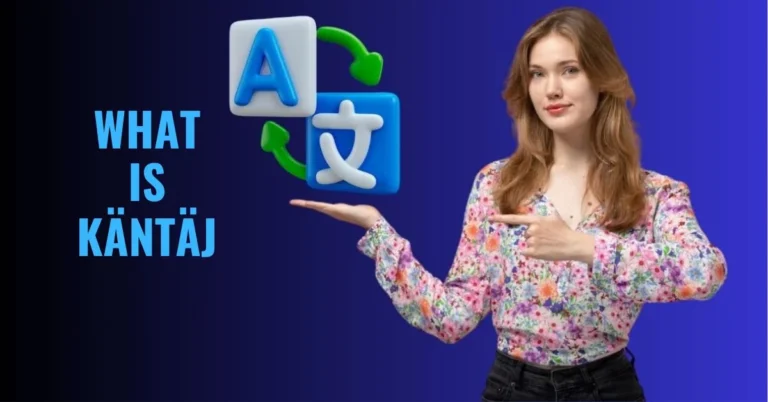Introduction to Käntäjä
What Is a Translator?
A “käntäjä” is the Finnish word for “translator,” someone or something that converts written or spoken content from one language into another. Translators play a crucial role in connecting people and cultures by overcoming language barriers.
Types of Translators
Human Translators
Human translators are individuals who specialize in translating text or speech. They bring the advantage of understanding cultural nuances and context, which often makes them superior to machine translation in complex situations.
Machine Translators
Machine translators are software programs that use algorithms to translate text from one language to another.
- How Do Machine Translators Work?
Machine translation tools rely on large databases of language pairs, using AI and machine learning to improve accuracy. They are especially useful for quickly translating large volumes of text.
The Role of Käntäjä in Bridging Cultures
Promoting Cultural Understanding
Beyond simply converting words, a translator helps convey the essence of what is being communicated. This includes accounting for cultural differences, idioms, and subtleties that would otherwise be lost.
Key Skills Required for a Human Käntäjä
Language Proficiency
A successful translator must be fluent in at least two languages, understanding not only the vocabulary but also the grammar, syntax, and nuances of each.
Cultural Knowledge
Knowing the culture behind a language is just as important as knowing the language itself. Cultural context can completely change the meaning of a phrase, and a skilled translator must be aware of these differences.
Attention to Detail and Accuracy
Translation requires precision. A single mistranslated word can change the meaning of a sentence, potentially leading to misunderstandings. A good translator pays close attention to every detail.
When to Use a Human Translator vs. a Machine Translator
Situations Best Suited for Human Translators
If you need a translation for legal documents, literary works, or anything that requires cultural sensitivity and an understanding of nuance, a human translator is the best choice. Human expertise is invaluable for ensuring that the intended meaning is accurately conveyed.
Cases Where Machine Translation Is Effective
For informal communication, basic text translation, or when you need to translate something quickly and cost-effectively, machine translation is often sufficient. It is also useful for translating large amounts of text where precision is not crucial.
The Impact of Käntäjä in Business
International Business Communications
For businesses, accurate translation is essential for communicating with international clients, negotiating deals, and ensuring that marketing messages resonate with local audiences. A skilled translator helps ensure that nothing gets lost in translation.
Translation in the Digital Age
The Role of Translation in Social Media
Social media platforms are inherently global, and translation plays a key role in ensuring that content reaches a wide audience. Many companies use translators to create multilingual posts that engage users across different regions.
Translating Websites and Online Content
Having a multilingual website is crucial for reaching a global audience. Translators help adapt content to different languages while maintaining the brand’s voice and message. This helps improve user experience and can boost a website’s search engine ranking in different languages.
Translation Ethics
Confidentiality in Translation
Translators often deal with sensitive information, especially in legal, medical, or business contexts. Upholding confidentiality is a crucial part of the profession, and translators must take this responsibility seriously.
The Future of Translation
The Role of AI in the Future of Translation
AI and machine learning will continue to shape the translation industry, making machine translations more accurate and accessible. However, human translators will likely always be needed for tasks that require creativity, cultural insight, and a deep understanding of context.
Conclusion
The role of a käntäjä, whether human or machine, is vital in today’s interconnected world. Translators bridge the gap between languages and cultures, allowing ideas and information to flow freely. While machine translation tools are evolving, they will likely serve as a complement to human translators rather than a replacement. Understanding the strengths and limitations of both options allows us to choose the right tool for each situation.
FAQs
- What is the difference between a translator and an interpreter?
A translator works with written text, while an interpreter deals with spoken language. - Can machine translation tools replace human translators?
Not entirely. Machine translation tools are useful for simple tasks, but human translators are needed for nuanced, context-sensitive translations. - How do I choose the right translator for my project?
Consider the translator’s experience, specialization, and familiarity with the subject matter. For critical translations, human expertise is essential. - What are the limitations of machine translators?
Machine translators often struggle with idiomatic expressions, cultural references, and context, which can lead to errors. - Why is cultural knowledge important for translators?
Cultural knowledge helps translators accurately convey meaning and avoid misunderstandings caused by cultural differences.


